SOURCE: IDRW.ORG TEAM.

Researchers from the Indian Institutes of Technology (IIT) Mandi and Palakkad have unveiled a groundbreaking innovation – a marine robot designed specifically for real-time underwater tasks. This state-of-the-the-art robot promises to revolutionize underwater operations by enhancing efficiency, reducing risks, and minimizing costs.
The robot’s key strength lies in its ability to address problems in real-time. Unlike traditional methods, which may involve human divers or bulky remotely operated vehicles (ROVs), this robot offers a more agile and adaptable solution. It can quickly assess situations and provide immediate feedback, allowing for faster decision-making and problem-solving during underwater operations.
Continue readingSOURCE: IDRW.ORG TEAM.
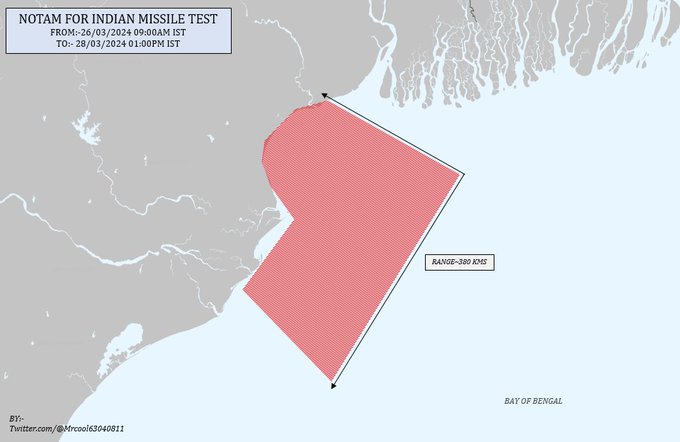
@Mrcool63040811
India’s recent issuance of a Notice to Airmen (NOTAM) for a missile test in the Bay of Bengal has sparked speculation and interest in the defense community. Scheduled from March 26th to April 28th, 2024, with a designated area spanning 380 kilometers, the test has piqued curiosity regarding the nature and capabilities of the missile being tested. While speculation abounds, the specifics of the test remain shrouded in secrecy until its completion.
The issuance of a NOTAM for a missile test is not uncommon, especially for countries actively engaged in the development and testing of military hardware. In the case of India’s recent NOTAM, the designated area in the Bay of Bengal indicates that the test will likely involve the firing of a missile over a specified trajectory within the designated range.
Continue readingSOURCE: RAUNAK KUNDE / NEWS BEAT / IDRW.ORG

India’s long-awaited AMCA (Advanced Medium Combat Aircraft) program has received a critical boost with government approval for its development. This domestically produced 5th generation fighter jet signifies a significant leap forward in India’s quest for self-reliance in advanced aerospace technology.
The initial stages of production will involve Hindustan Aeronautics Limited (HAL), India’s state-owned aerospace and defence company. HAL will be responsible for manufacturing prototypes and pre-production aircraft, laying the groundwork for full-scale production.
Continue readingSOURCE: RAUNAK KUNDE / NEWS BEAT / IDRW.ORG
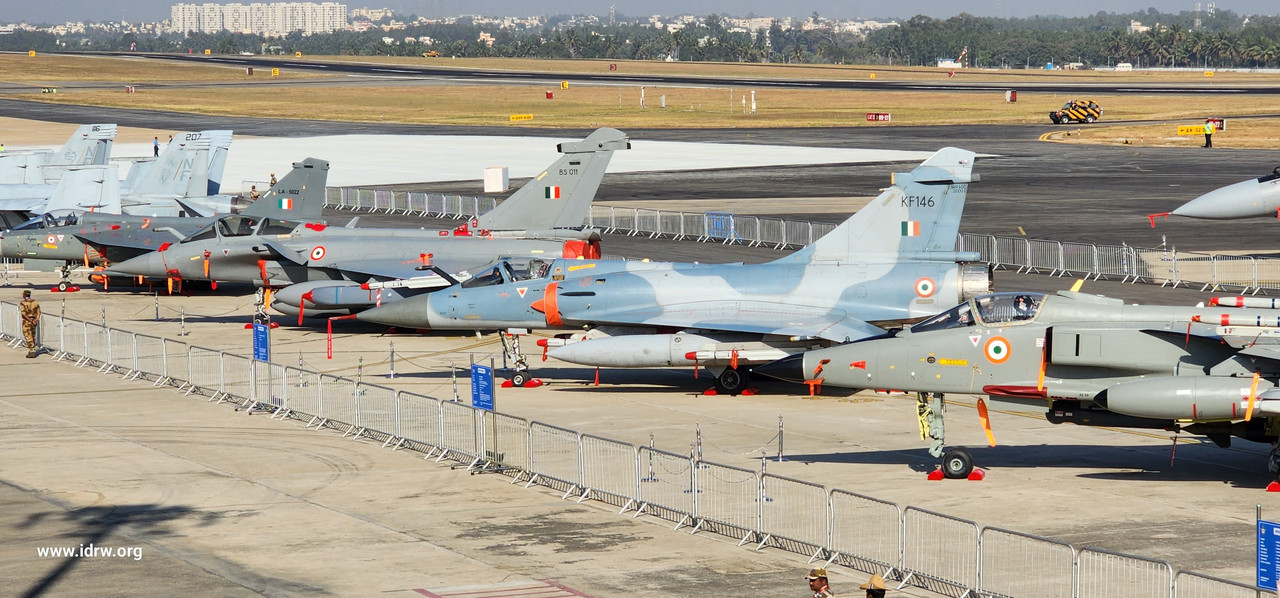
French aviation giant Dassault is caught in a conundrum. With a staggering backlog of 211 Rafale fighter jets 141 for export and 70 for the French Air Force by the end of 2023, the company is yearning to ramp up production to meet the surging demand. However, a combination of factors threatens to turn this ambition into a ten-year wait for deliveries.
Dassault aspires to increase production from the current rate of 13 jets per year to 20. This would significantly reduce the backlog, but even at this pace, clearing the current queue would take a decade. Potential new customers, particularly those seeking swift deliveries, might be discouraged by this extended wait time.
Continue readingSOURCE: RAUNAK KUNDE / NEWS BEAT / IDRW.ORG
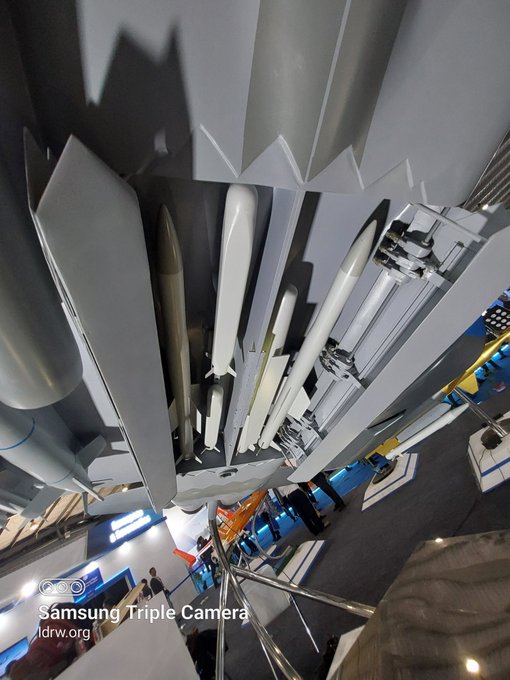
India’s ambitious AMCA (Advanced Medium Combat Aircraft) program is taking a significant leap forward with state-owned MIDHANI and DRDO’s Defence Metallurgical Research Laboratory (DMRL) at the forefront of developing next-generation alloys for its stealthy aerostructures. These cutting-edge materials will be instrumental in making the AMCA a formidable 5th-generation fighter jet, evading enemy radar detection.
MIDHANI is no stranger to contributing to India’s indigenous aircraft development. They have already successfully developed and supplied crucial materials for the AMCA program, including 12 slabs of titanium. This showcases their expertise in crafting specialized alloys that meet the demanding specifications of advanced fighter jets.
Continue readingSOURCE: IDRW.ORG TEAM.
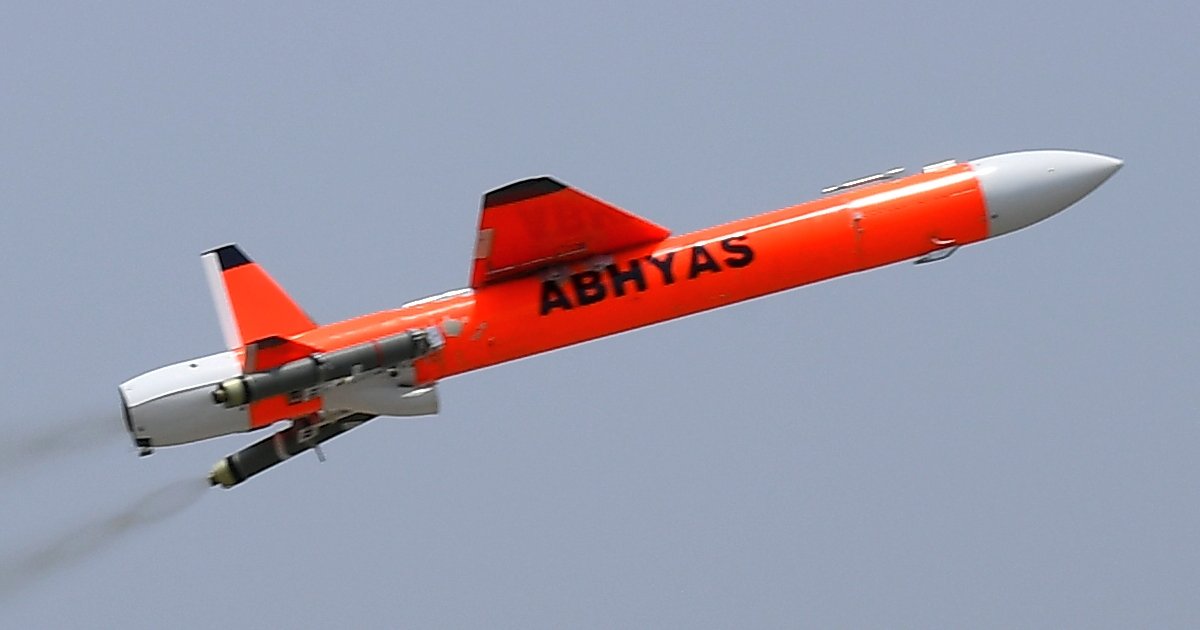
India’s Defence Research and Development Organisation (DRDO) has achieved a significant milestone with the successful completion of recent flight trials of the high-speed expendable aerial target (HEAT) named ‘ABHYAS.’
Conducted at the Integrated Test Range in Odisha, the trials focused on achieving key mission objectives. This included validating the effectiveness of a revised, robust configuration utilizing a single booster design. This streamlined approach not only reduces complexity but also paves the way for cost-effective production.
Continue readingSOURCE: IDRW.ORG TEAM.
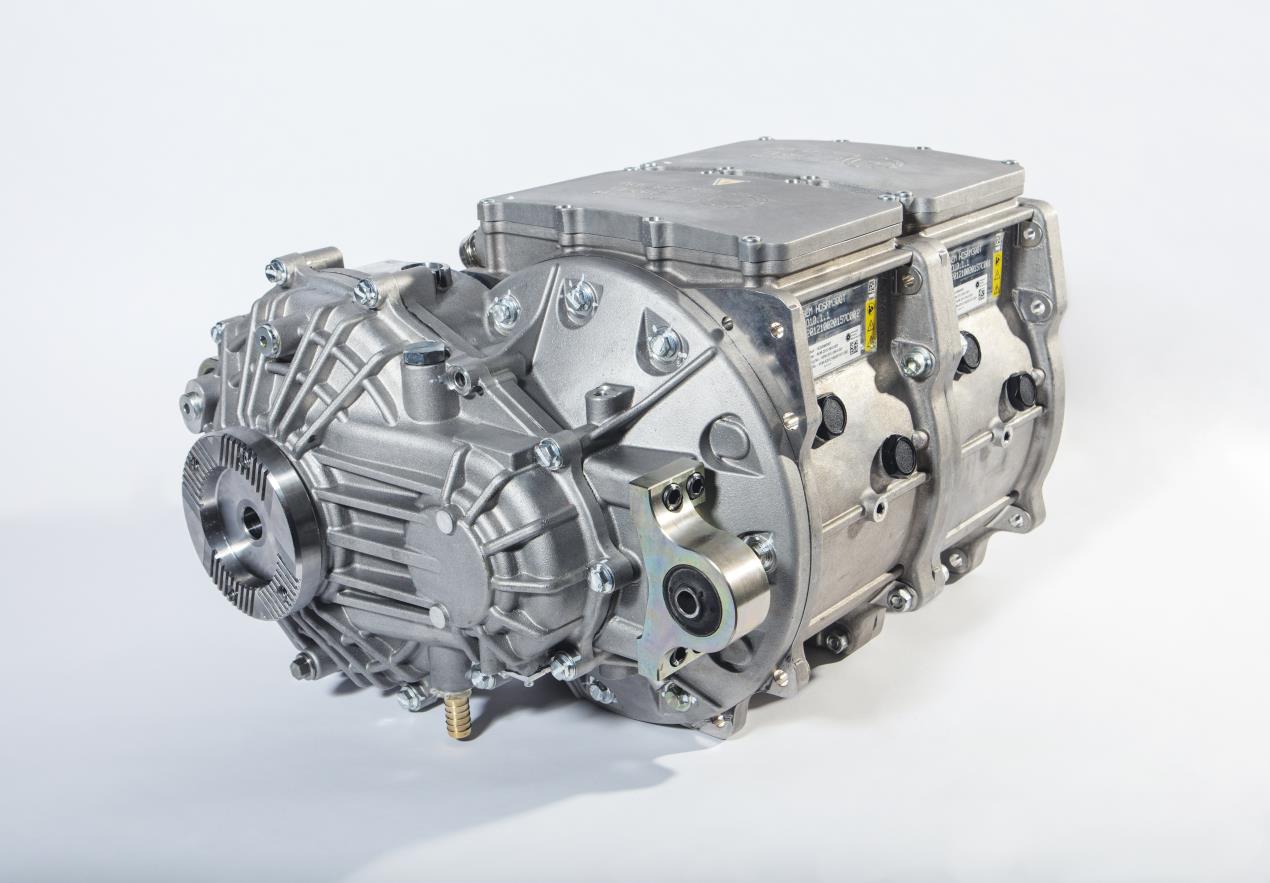
Indian jet engine startup Dg Propulsion Private Limited (DPPL) has achieved a significant milestone with its second patent, titled “A Power System for a Hybrid Electric Vehicle Comprising Micro Gas Turbine and Fuel Cell.” This innovative technology holds the potential to revolutionize the future of mobility by offering enhanced efficiency, reduced emissions, and a cleaner environment.
According to DPPL founder Prateek Dhawan, “The integration of a micro gas turbine and fuel cell in a hybrid electric vehicle promises enhanced efficiency, reduced emissions, and a cleaner future for mobility.” This hybrid system combines the best of both worlds: a fuel cell provides a quick response like a battery, while a micro gas turbine extends the vehicle’s range significantly.
Continue readingSOURCE: IDRW.ORG

In a development raising concerns, a Pakistani Navy ship, PNS Rizwan (A294), has been spotted undertaking an inward journey from China. While the exact purpose of the voyage remains unclear, analysts believe it could be linked to intelligence gathering activities in the Arabian Sea.
The ship’s features, as reported by Open Source Naval Intelligence Tracker (OSNIT), point towards potential espionage applications. The presence of tracking radars suggests the vessel might be equipped for telemetry and intelligence collection.
Continue readingSOURCE: RAUNAK KUNDE / NEWS BEAT / IDRW.ORG

Nearly twelve years have passed since India first tested its Agni-V Intercontinental Ballistic Missile (ICBM) in 2012, marking a significant milestone in the country’s strategic defense capabilities. Since then, the Agni missile series has undergone several advancements, culminating in the recent testing of the Agni-V Multiple Independently Targetable Re-entry Vehicle (MIRV) variant in 2024.
The journey of the Agni missile series began with the testing of the Agni-V ICBM in 2012, providing India with the capability to strike targets anywhere within mainland China. Despite capping its range at 5000km initially, subsequent advancements and modifications have enhanced the missile’s capabilities significantly. Though officially capped at 5,000 km, analysts believe the technology could potentially reach 8,000 km with a lighter payload.
Continue readingSOURCE: RAUNAK KUNDE / NEWS BEAT / IDRW.ORG
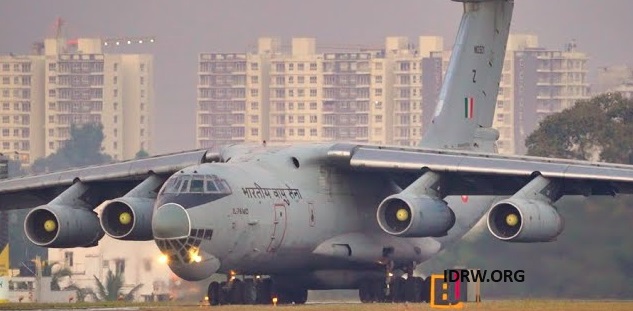
India’s fleet of IL-76 heavy transport aircraft, procured from the Soviet Union in the 1980s, are nearing the end of their service life. To address this, India is in discussions with Russia to undertake a significant overhaul program.
The IL-76 fleet, nearing 40 years of service, faces issues with Low availability due to Existing D-30KP engines that contribute to limited operational time along with that it also has Outdated avionics that are Incompatibility with modern civilian air traffic control systems that restricts its operation in international airspace.
Continue readingSOURCE: RAUNAK KUNDE / NEWS BEAT / IDRW.ORG

India’s Defence Research and Development Organisation (DRDO) recently showcased a new weapon system at Exercise Bharat Shakti: a 250kg High-Speed Low Drag (HSLD) bomb equipped with a Range Extension Kit (REK).
The REK extends the operational range of the HSLD bomb, allowing Indian Air Force (IAF) pilots to engage targets from a safer distance. The REK integrates with the HSLD bomb’s existing guidance systems, including GPS and Inertial Navigation System (INS), for precise targeting.
Continue readingSOURCE: IDRW.ORG TEAM.

India’s quest for a homegrown 5th generation fighter jet, the Advanced Medium Combat Aircraft (AMCA), has taken significant strides in recent years. This journey, however, wasn’t without its challenges. The seeds of the AMCA program were sown in 2008 when the Aeronautical Development Agency (ADA) received initial approval for its development.
Recognizing the need for experience in crafting such an advanced aircraft, India opted for collaboration with Russia in 2007. The plan was to co-develop a stealth fighter based on the Su-57. This joint venture, christened the Fifth Generation Fighter Aircraft (FGFA) program, faced roadblocks. The Indian Air Force (IAF) expressed concerns about the engine capabilities and overall stealth design offered by the Su-57 platform.
Continue readingSOURCE: IDRW.ORG TEAM.

The Indian Space Research Organisation (ISRO) is taking a bold step towards the future of rocket propulsion, announcing a collaborative effort with Hindustan Aeronautics Limited (HAL) and the National Aerospace Laboratories (NAL) to develop hybrid and electric propulsion systems. This tripartite initiative signifies India’s commitment to innovation and self-reliance in the space sector.
This move comes on the heels of ISRO’s successful 2022 test of a 30 kN hybrid rocket motor, demonstrating the organization’s potential in this exciting new technology. Hybrid rockets combine solid fuel with a liquid oxidizer, offering several advantages over traditional propulsion systems.
Continue readingSOURCE: RAUNAK KUNDE / NEWS BEAT / IDRW.ORG
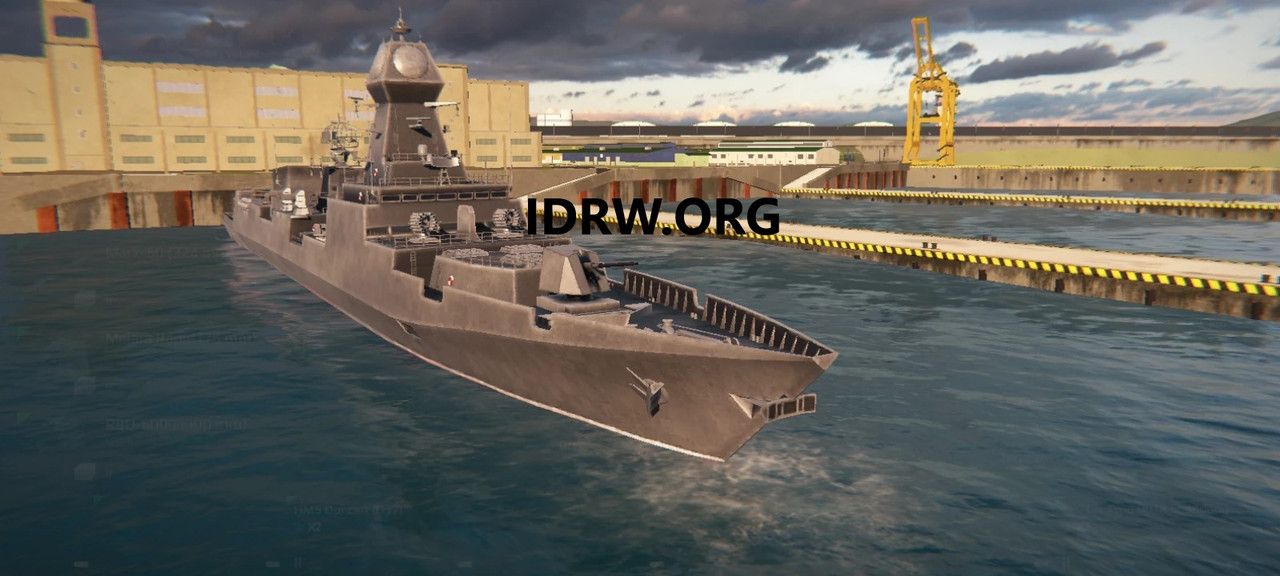
At the NDTV Defence Summit 2024, Arun Ramchandani, Executive Vice-President of L&T Defence, delivered a compelling address shedding light on the critical need for India to modernize its shipbuilding capabilities to keep pace with global counterparts, particularly China. Ramchandani’s insights underscored the urgency for India to adopt cutting-edge technologies and streamline processes to enhance the speed and efficiency of its shipbuilding endeavours.
Ramchandani’s assessment of India’s shipbuilding capacity painted a stark picture, highlighting the significant gap between India and China in this critical sector. He emphasized that to bridge this disparity, India must embrace modern technologies and foster a conducive ecosystem that facilitates rapid scale-up and deployment of naval platforms.
Continue readingSOURCE: RAUNAK KUNDE / NEWS BEAT / IDRW.ORG
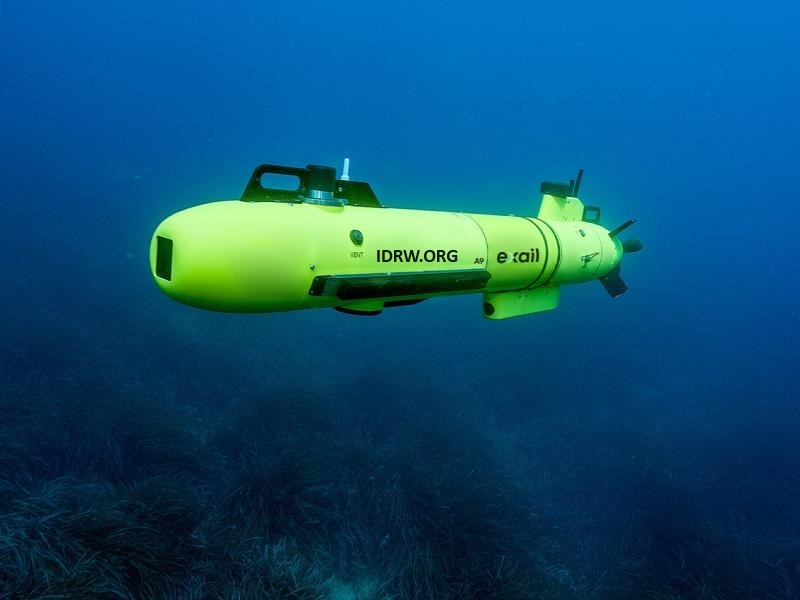
The Ministry of Defence (MoD) has announced a new initiative through iDEX ADITI Edition 1.0, specifically targeting Indian startups. This challenge seeks the development of a next-generation underwater vehicle – a prototype AUV based on the Indian Navy’s “Jalkapi” design.
The Jalkapi AUV is envisioned as a self-sustaining underwater vehicle capable of extended missions at sea. This initiative aims to leverage Indian expertise to develop a functional prototype that fulfils the following critical requirements:
Continue reading